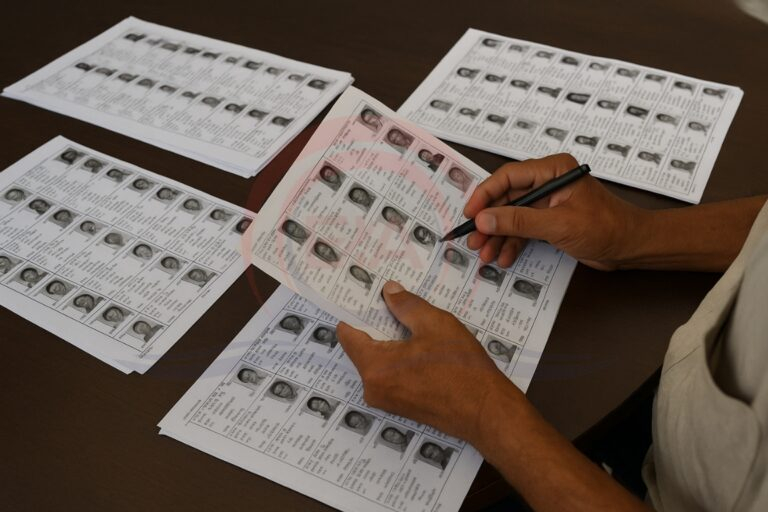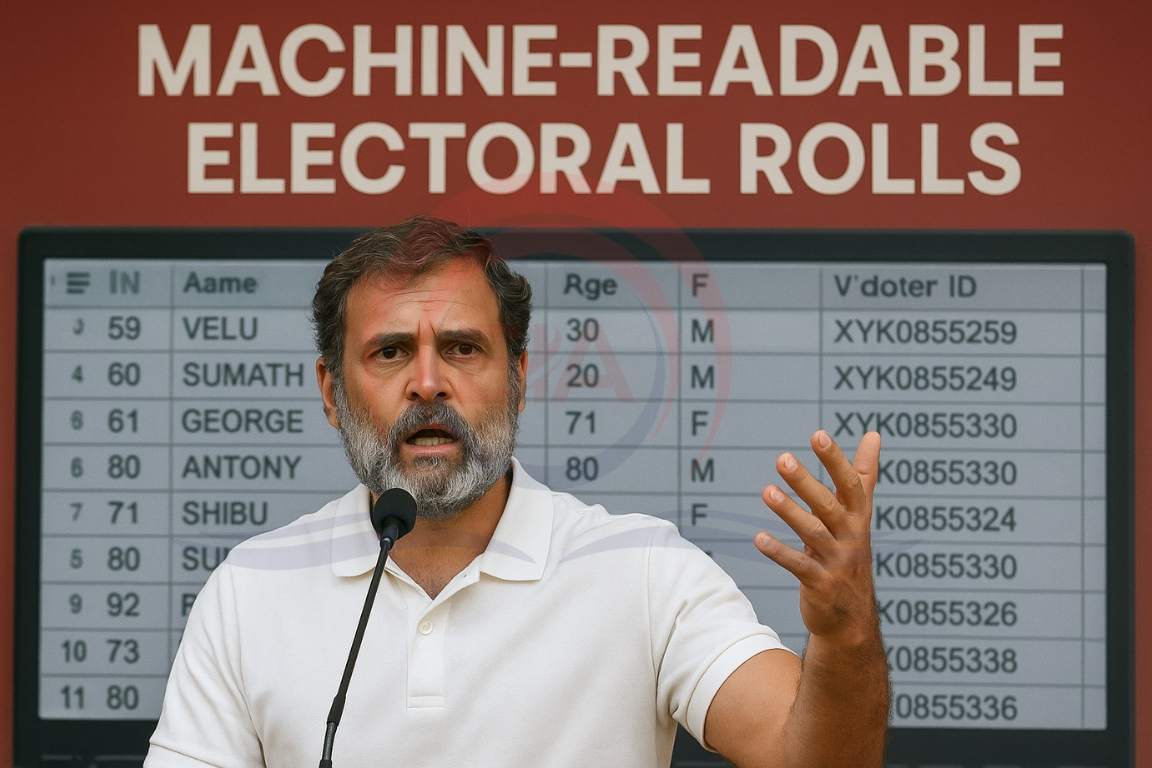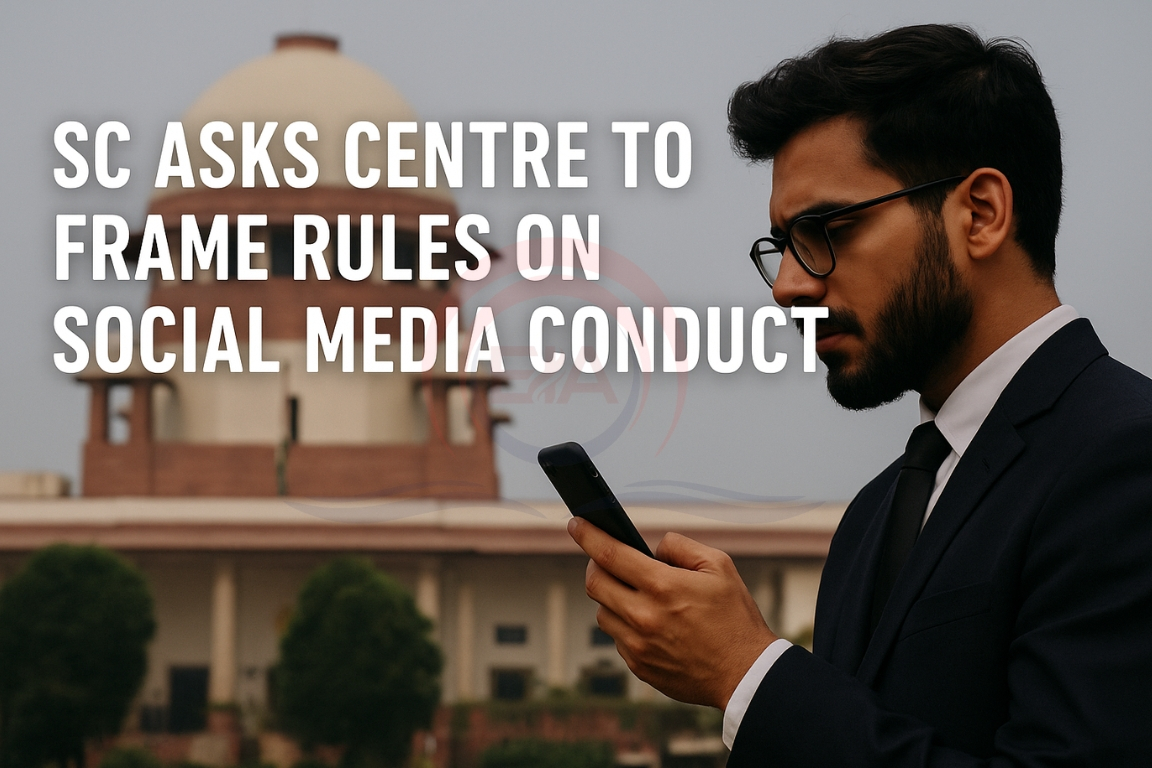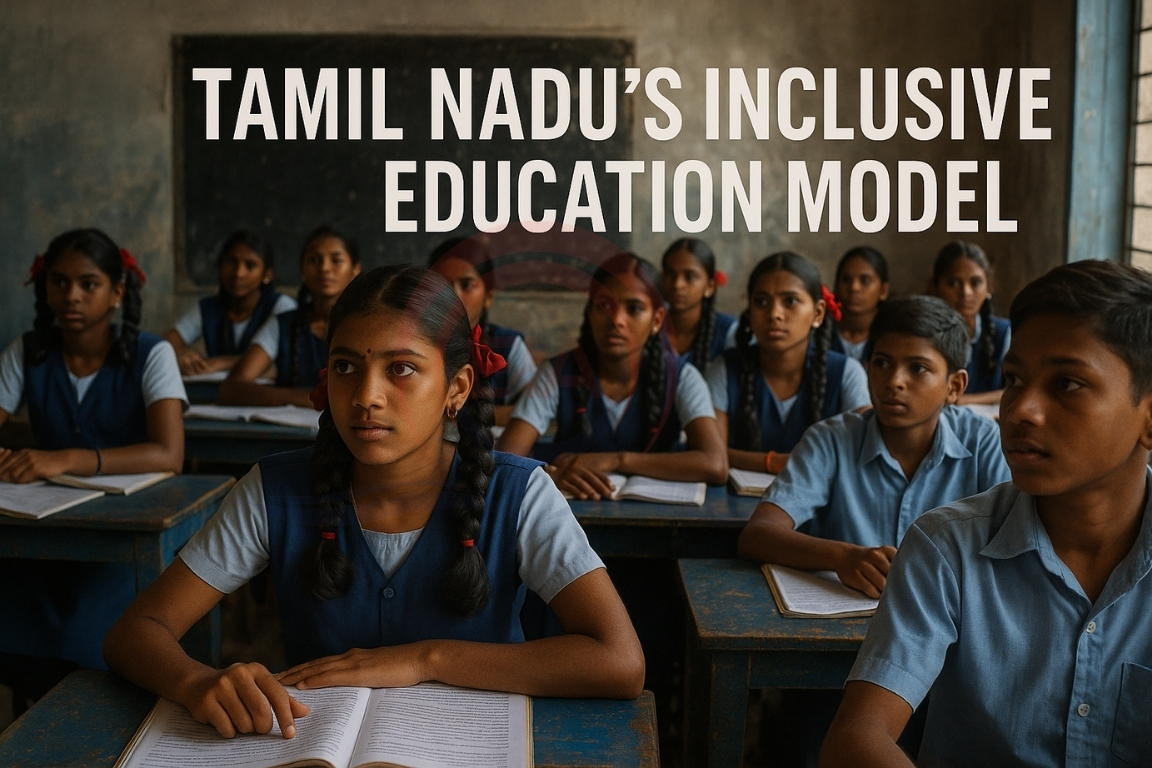Congress leader Rahul Gandhi has demanded that the Election Commission (EC) provide “machine-readable” voter rolls to political parties. The issue has gained attention after allegations of duplicate entries and vote theft in certain constituencies.
What are Electoral Rolls?
- Electoral rolls are the official lists of eligible voters in India.
- They are updated regularly when:
- New voters register,
- People shift residence, or
- Voters become ineligible (death, disqualification, etc.).
- Prepared under EC supervision by district-level officials using the ERONET (Electoral Roll Management System).
Present Format of Voter Rolls
- Shared as image PDF files or printouts.
- These image PDFs contain names but are not searchable by computer systems.
- Photos of voters are included in the database but not in public PDFs.
- With nearly 99 crore voters, detecting duplicates is highly resource-intensive.

What are Machine-Readable Rolls?
- Text-based PDFs or data files where entries can be indexed and searched using computers.
- Enable quick identification of duplicate entries, irregular additions, or fake voters.
- Earlier, activists like P.G. Bhat analysed such files to highlight irregularities.
Why EC Stopped Sharing Machine-Readable Rolls
- In 2018, just before the 2019 elections, EC directed States to stop uploading them.
- Reason: fear that foreign entities could misuse voter data (full names and addresses).
- Supreme Court in Kamal Nath vs. EC (2018) refused to compel EC to provide such data, though EC’s own manual mentions draft rolls should be in text format.
Technical Challenges
- Opposition suggests converting current PDFs into text using Optical Character Recognition (OCR).
- However, difficulties include:
- Rolls are divided into hundreds of parts per constituency.
- Processing all (over 6 crore pages nationwide) is extremely costly (~$40,000 per update).
Arguments For & Against
- For: Easier detection of duplicates and fraud. Improves transparency and trust in elections.
- Against: Risks of data misuse, privacy breaches. High resource and financial costs for digitisation.
Way Forward
- Balance between transparency and privacy.
- Explore controlled access to machine-readable rolls for recognised parties.
- Develop secure platforms to prevent misuse while enabling fraud detection.
Conclusion:
The issue of machine-readable electoral rolls reflects the need to balance transparency with voter privacy. Ensuring secure and regulated access can strengthen both electoral integrity and public trust.





